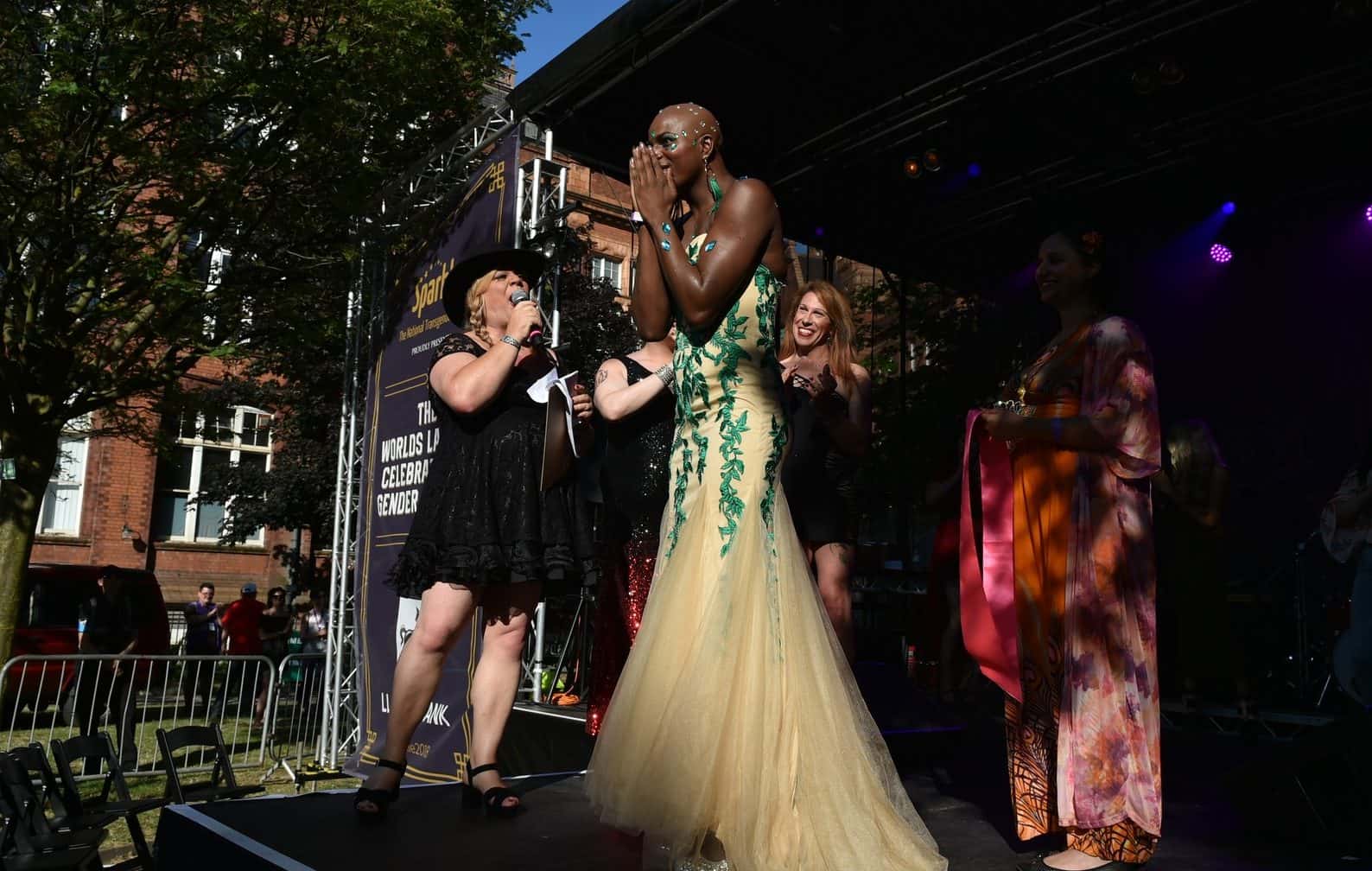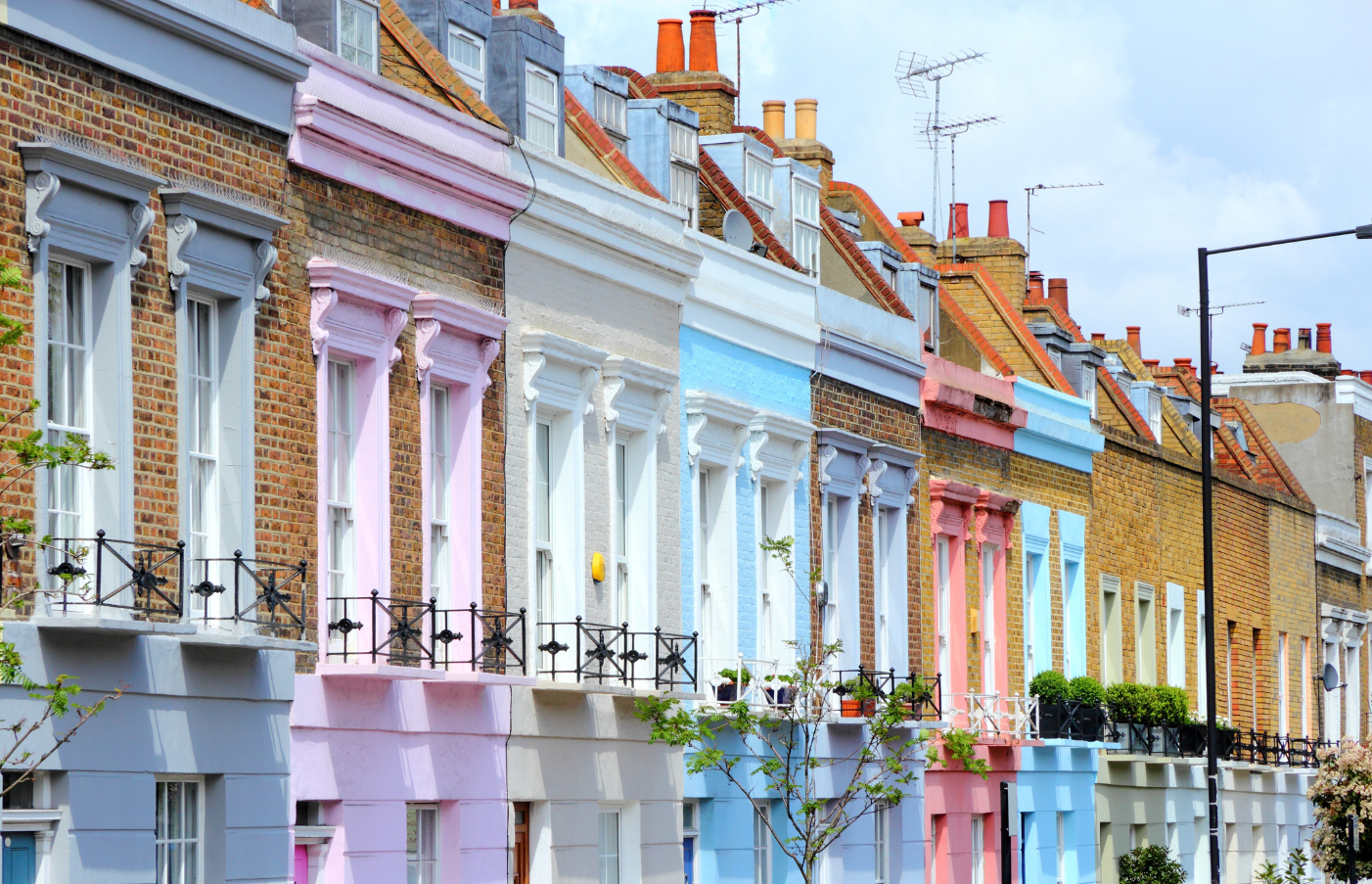
London's Coolest Neighborhoods
London is a vast city with many achingly cool neighborhoods
London is a city in a state of constant evolution and growth. Gentrification and development pose a number of threats to the city’s population but also contribute to creating exciting and lively neighborhoods.
London is a melting pot of cultures and backgrounds, with individuals from all around the world settling in the city. There are 250 languages spoken in London, making it the world’s most linguistically diverse city.
The city is a collection of distinct boroughs, areas and neighborhoods, each with their own unique atmosphere and community and each offering completely different experiences. From quirky Camden to London’s LGBT+ centre Soho, there truly is somewhere and something for everyone in the UK capital. Read more: The best gay-friendly hotels in London
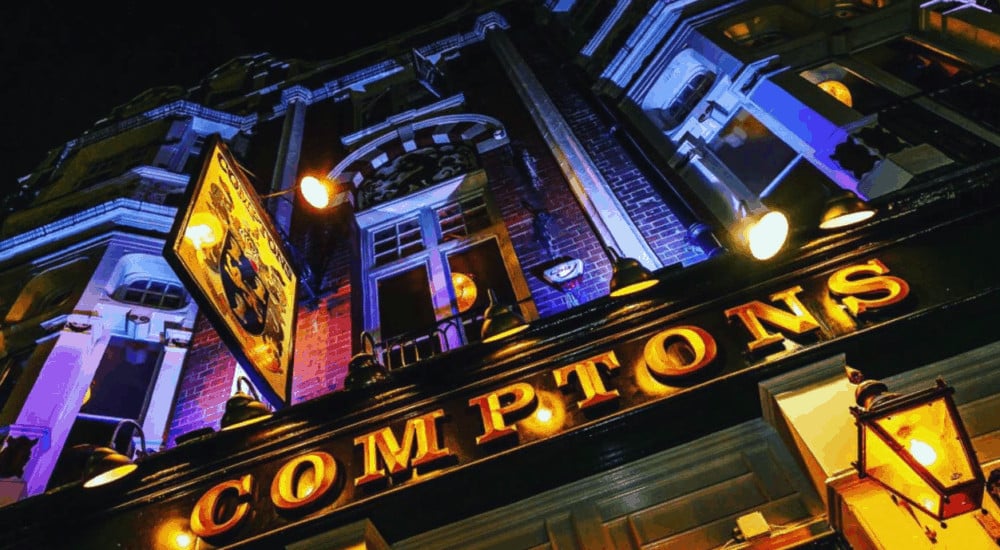
Soho
Located in the heart of the West End and occupying 90 streets over one square mile. The nightlife capital of London, Soho’s streets are lined with bars, nightclubs and theatres. In the summer evenings, the streets are packed with revelers enjoying the plethora of evening venues. Soho was once London’s red-light district and represented the seedy underbelly of the city. However, the area is now home to a range of stylish boutiques, high-end bars and high-brow galleries, despite this Soho has maintained its identity as a bastion of sexual liberation and rebellion.
Since the late 20th century Soho has also been the home of LGBT+ plus culture and community in London, with many of its most popular gay bars and clubs being situated around Old Compton Street. G-A-Y Bar is arguably London’s most well-known gay bar and is popular with the area’s younger crowd who enjoy the cheap cocktails and pop classics. Meanwhile history can be found at the Admiral Duncan, the site that London's tragic nail bomb attack on the gay community happened. The iconic Ronnie Scott’s Jazz Club is also located in trendy Soho and since 1959 has welcomed the likes of Nina Simone, Ella Fitzgerald, Jimmi Hendrix and Prince. Visitors can still catch nightly performances at this historical venue.
Although Soho may have replaced the bohemia it was once known for with a more expensive and upmarket atmosphere, the area is still the nightlife centre of London, and continues to represent the nightlife culture its always been famous for. Read More: The best gay bars in Soho.
Dalston
Dalston really began to boom in the early 2010s after the hipsters of Shoreditch grew tired of their increasingly mainstream neighborhood and decided to move and invest into up and coming Dalston. However, the area has a long history as a popular destination for immigrants which stretches over 100 years. As such, Dalston has a rich and mixed cultural heritage that is embodied through the diverse range of cafes, bars, shops and restaurants that populate the area today.
The area boasts one of the most impressive food and dining scenes in London, with restaurants replacing closed down bars and nightclubs regularly. Dalston is home to some of the best Turkish Restaurants in London as well as a range of trendy cafes and wine bars. Angelina is a typical Dalston restaurant, combing Japanese and Italian cuisines and is popular with the hipsters of the area who flock through the doors to sample the five-course tasting menu.
The neighborhood is also home to a number of gay clubs and bars and has been a hub of more radical and subversive LGBT+ culture for decades. The Dalston Superstore is an LGBT+ space in the heart of Dalston that functions as a cafe, bar and club. The Superstore is a staple of the gay nightlife scene in the area, which is lively and well known.
Camden
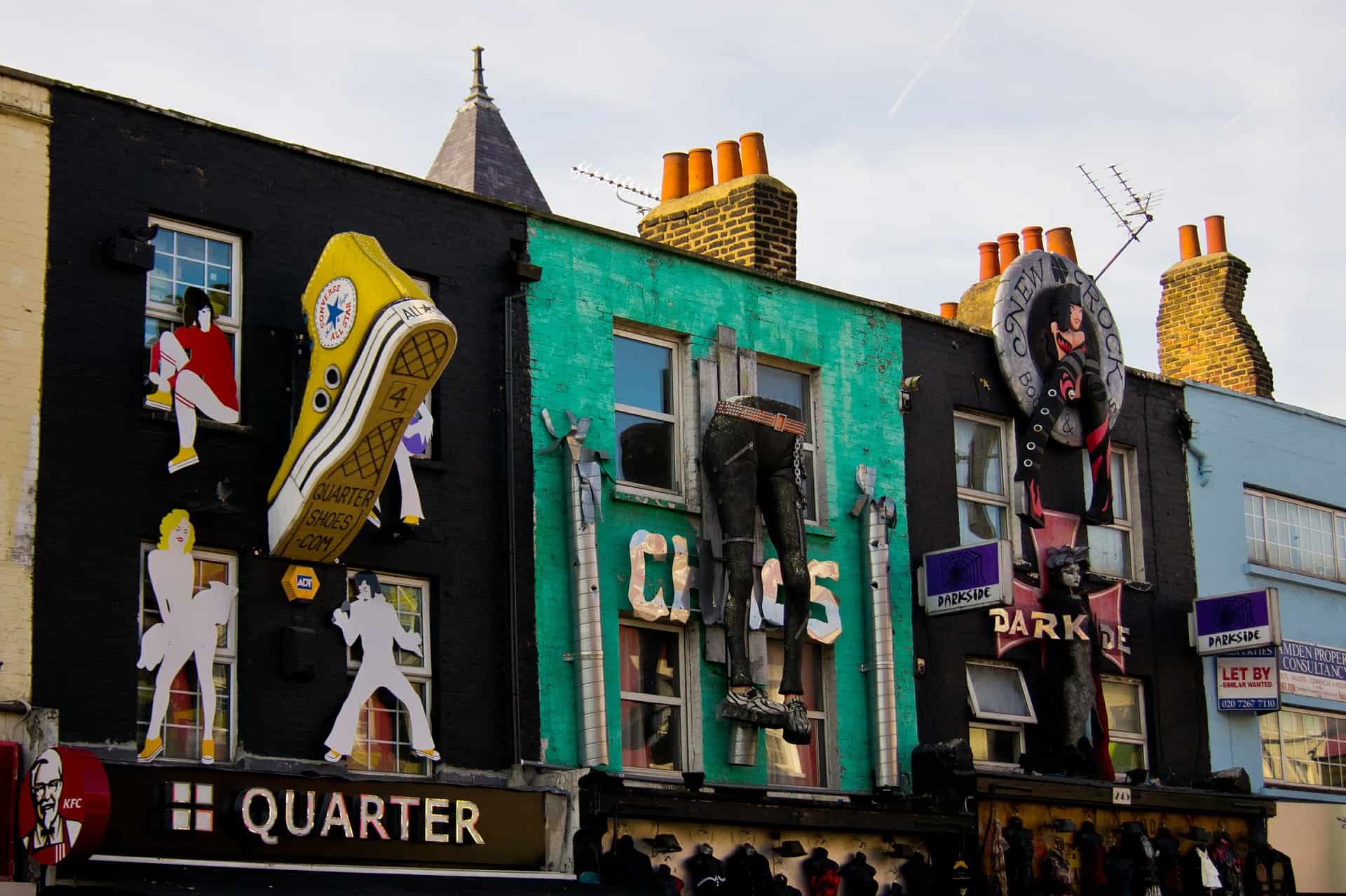
Immortalised as the home of punk, Amy Winehouse and UK goth culture, Camden is an area of London deeply enshrined in cultural significance. Since the 19th century, Camden has been a focal point of London’s music industry, when it was the main location for piano manufacturers and sellers. It later went on the be the birthplace of the British Punk movement in the 1970s, following an iconic gig by the Ramones at the Roundhouse. Then, later on, the area became known as the stomping grounds of Amy Winehouse, a regular at the neighborhood’s pubs and a resident of Camden Square.
The neighborhood has experienced almost constant increases in property prices and as such the area is now the location of some of London’s most expensive houses. This change can be seen in the streets of Camden thanks to the arrival of more upmarket shops and restaurants in recent years.
Camden is one of London’s most eclectic and diverse shopping districts, and its namesake Camden Market is a treasure trove of eccentricities from clothes and accessories to vintage records and artworks. The area is still home to many of the legendary music venues that led to its identity as the capitals music centre including the Roundhouse, Electric Ballroom and Underworld.
Bermondsey
Once a hub of shipping and manufacturing in the capital, today Bermondsey is a lively and vibrant neighbourhood full of art, culture and life. The area has seen a rapid and dramatic regeneration in recent years that has successfully increased investment and development.
During the Victorian era, much of Bermondsey was a slum and had some of the lowest standards of living in London. In fact, the area was featured in Charles Dickens' Oliver Twist, where the author painted Bermondsey as a crime-infested slum.
Many of London’s most established cultural landmarks call Bermondsey home, including the White Cube gallery and the Fashion and Textile Museum. The main artery of the area is Bermondsey Street, a bustling and eclectic collection of cafes, shops and bars, catering to the young and trendy population. Nearby you'll also find the Shard by London Bridge and at weekends you should check out Maltby Street Market.
Brixton

Brixton is located in the center of South London and is a hub of culture, clubbing and community. Brixton is the birthplace of the legend David Bowie and the area still holds memories of the Ziggy Stardust singer with a large mural in tribute to him.
The area has been shaped by its population and today it’s an exciting mix of Caribbean culture with hipster influences. The streets of Brixton are decorated with graffiti and the smells of cooking waft out of open restaurant doors while buskers play their instruments. Saturday is when the neighborhood is at its most alive, with its impressive market and bustling atmosphere. Head to Brixton Village for a great brunch.
Every year in June, Brixton is also home to the Brixton Disco Festival, a celebration of disco and its similar genres. The festival takes place in Windrush Square, a central location to the neighborhood and one that celebrates and memorialises the courageous individuals who traveled on the HMT Windrush, the first ship to bring post-war workers to the United Kingdom from Jamaica.
Brixton is also home to some of London’s most exciting clubs and bars. The Prince of Wales is a multi-storied club and bar in the heart of Brixton and boasts one of the best bar terraces in London. The club plays host to the world’s top DJs and selectors such as Giles Peterson and Norman Jay and is a true reflection of the grass-roots community atmosphere that Brixton is so known for.
Read More: London's LGBT Landmarks.
Join the Travel Gay Newsletter
What's On Today
More Gay Travel News, Interviews and Features
The Best Tours In London
Browse a selection of tours in London from our partners with free cancellation 24 hours before your tour starts.


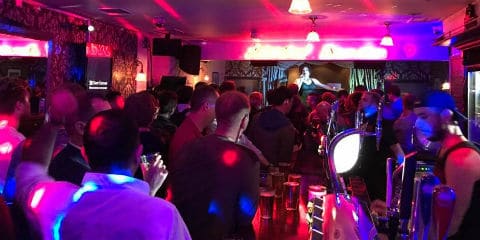
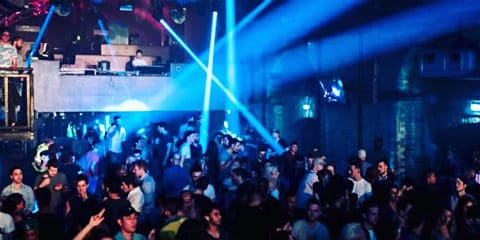


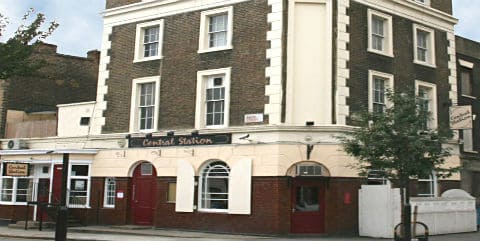
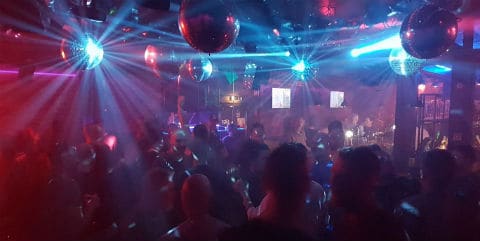
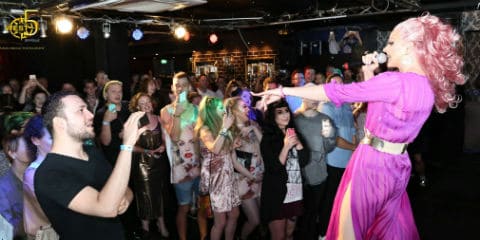
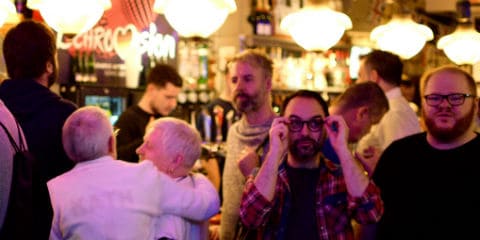
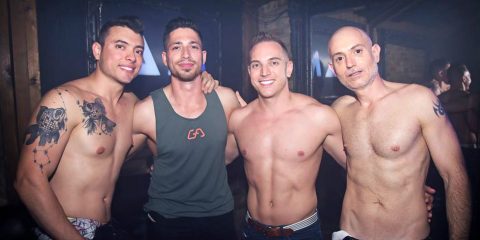
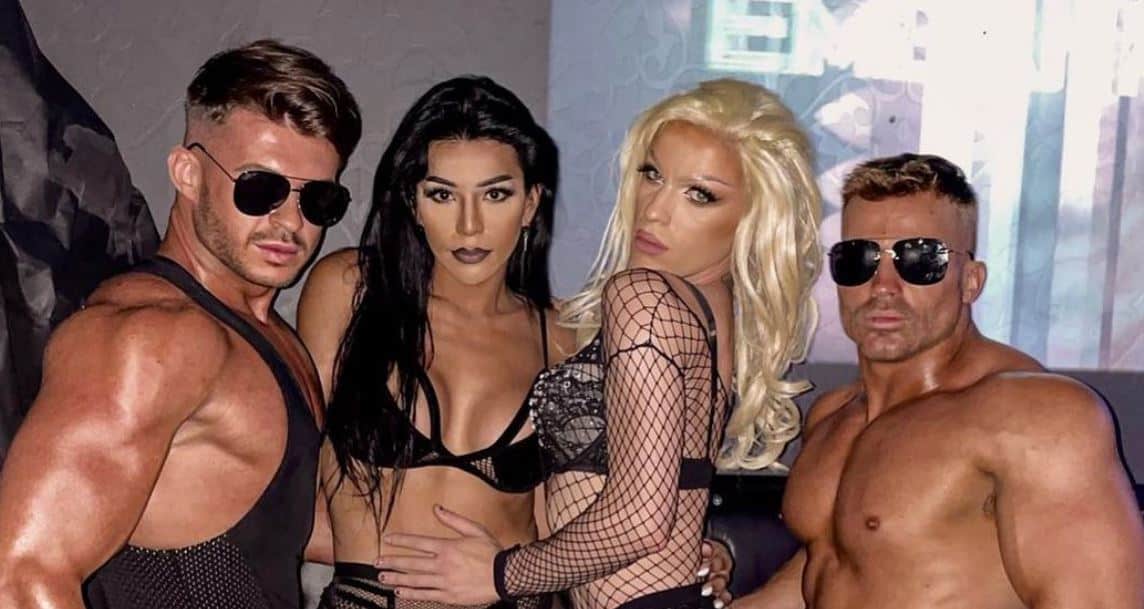
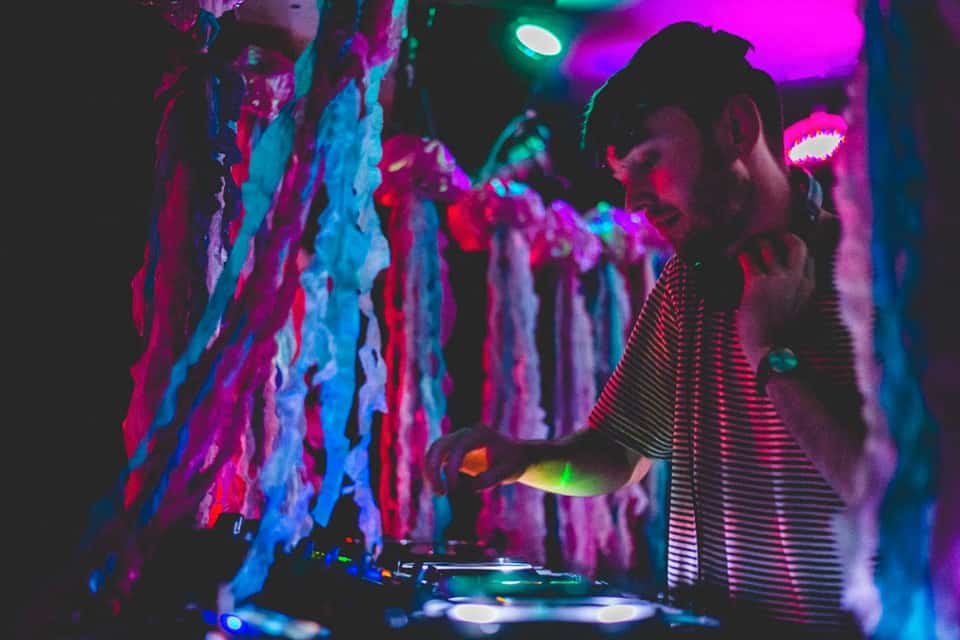
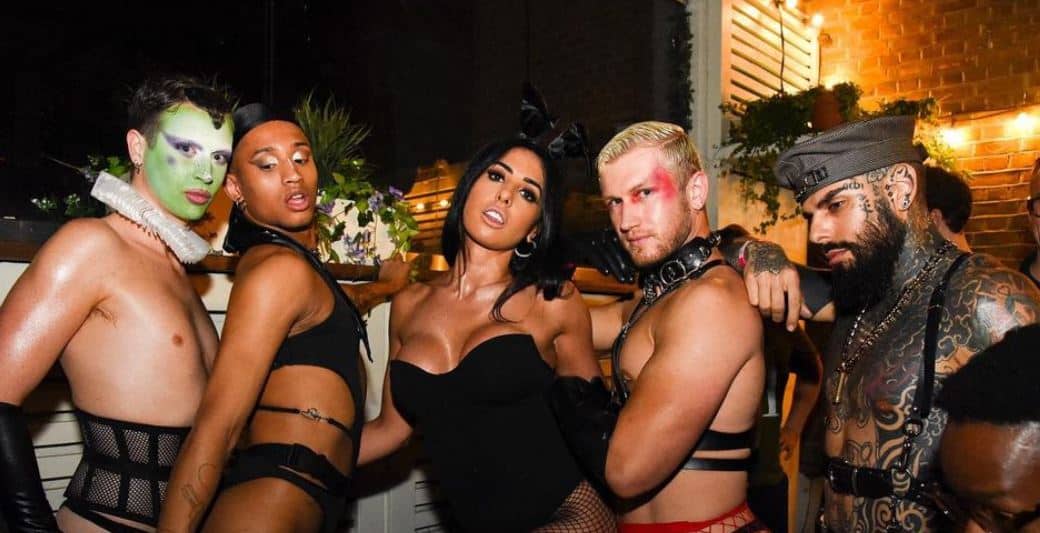
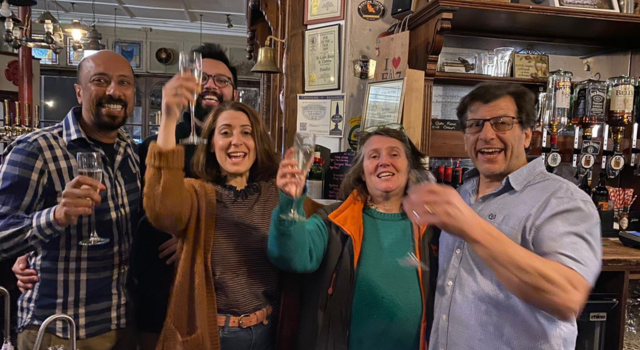
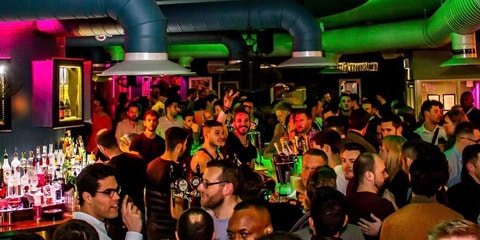
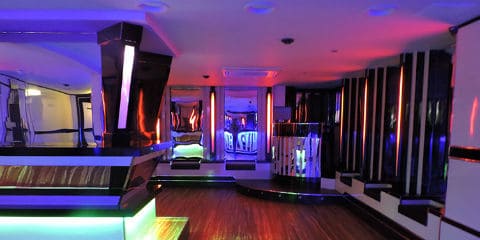
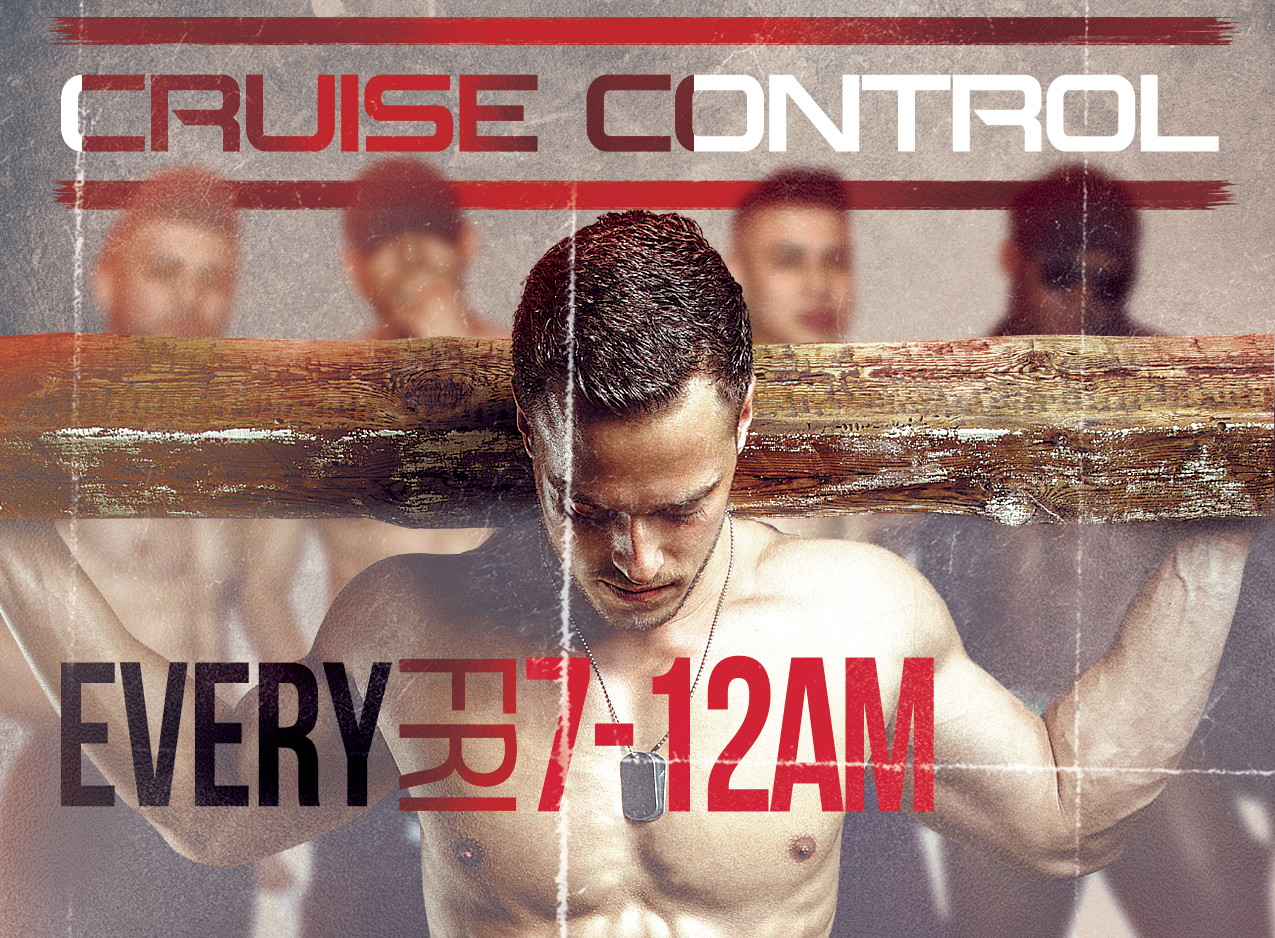
.png)
